What does it take to clear snow from the CSU campus?
story by Allison Sylte published March 10, 2022Over the course of his 21-year career at Colorado State University, Rodney Gillespie has worked through so many winter storms that his iPhone automatically generated a folder of all his snow photos.
And since this is Colorado, each storm has a unique set of challenges on a campus with 4.5 million square feet of parking lots to clear, 162 miles of sidewalk to be shoveled and 15.8 miles of roads to plow.
“I think all of the people in the Facilities Management Outdoor Services Group watch for snow more than meteorologists,” said Gillespie, the operations manager for outdoor services.
That’s because when a weekday storm hits, Gillespie and dozens of other members of his team get an early morning phone call telling them to report to campus at 3 a.m. to begin their snow removal operations, which are meant to be finished by the time classes start at 8 a.m.
When a storm lasts all day, Gillespie’s team keeps going – which could amount to 14-hour workdays.
“It’s hard to get that call when it’s extremely cold and in your nice, warm bed, but it’s gotta be done,” said Jared Warnock, a grounds supervisor at CSU who has spent 21 years with the University (he says he prefers the summer months).
Every time it snows, Rodney Gillespie takes a photo of a picnic table outside of his office and shares it with the Public Safety Team, which is responsible for making recommendations about whether campus should stay open.
What does it take for CSU to call a snow day?
Here’s a look at the University’s guidelines for weather closures: col.st/q2JiG
Clearing snow from a 500-acre campus is all hands on deck
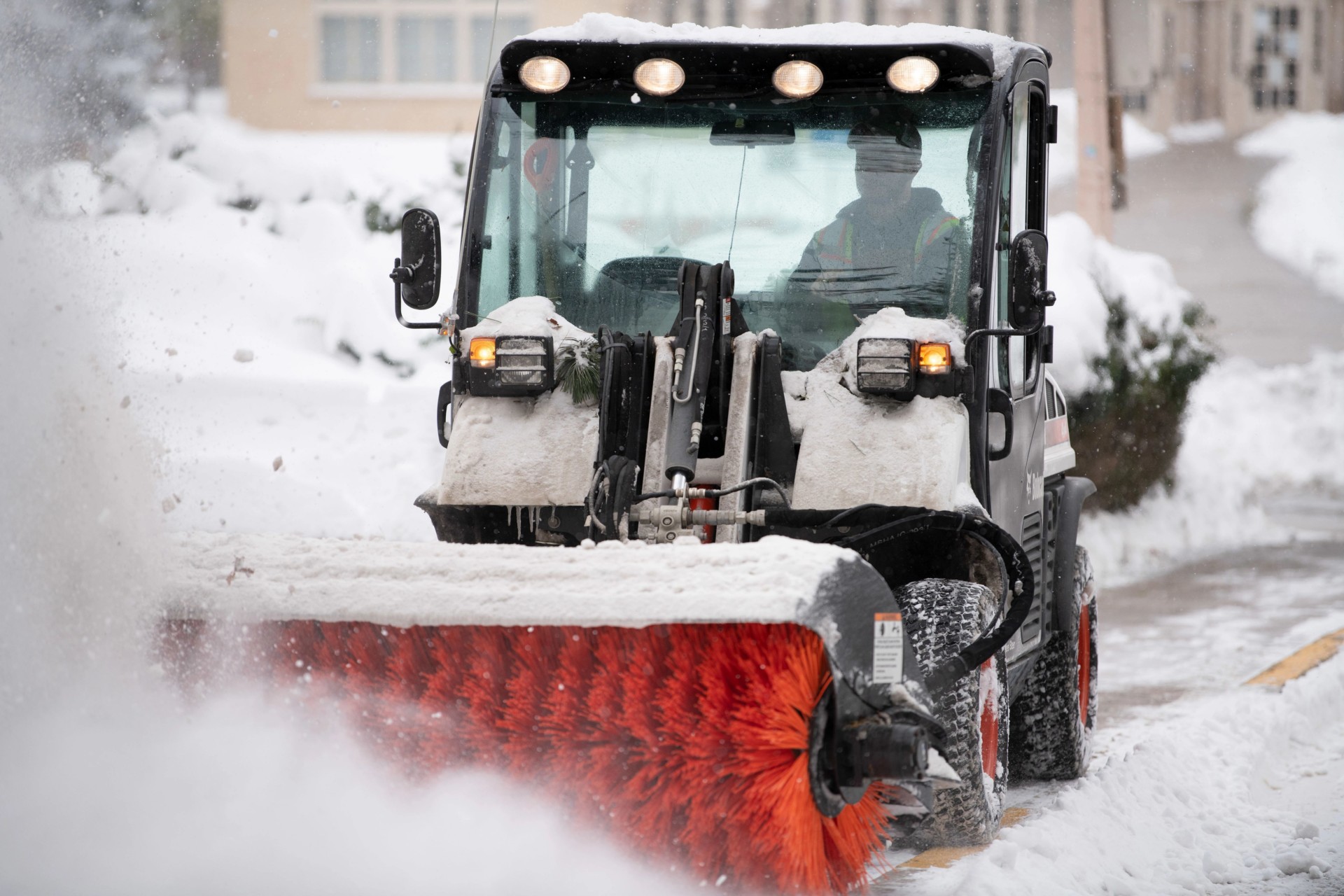
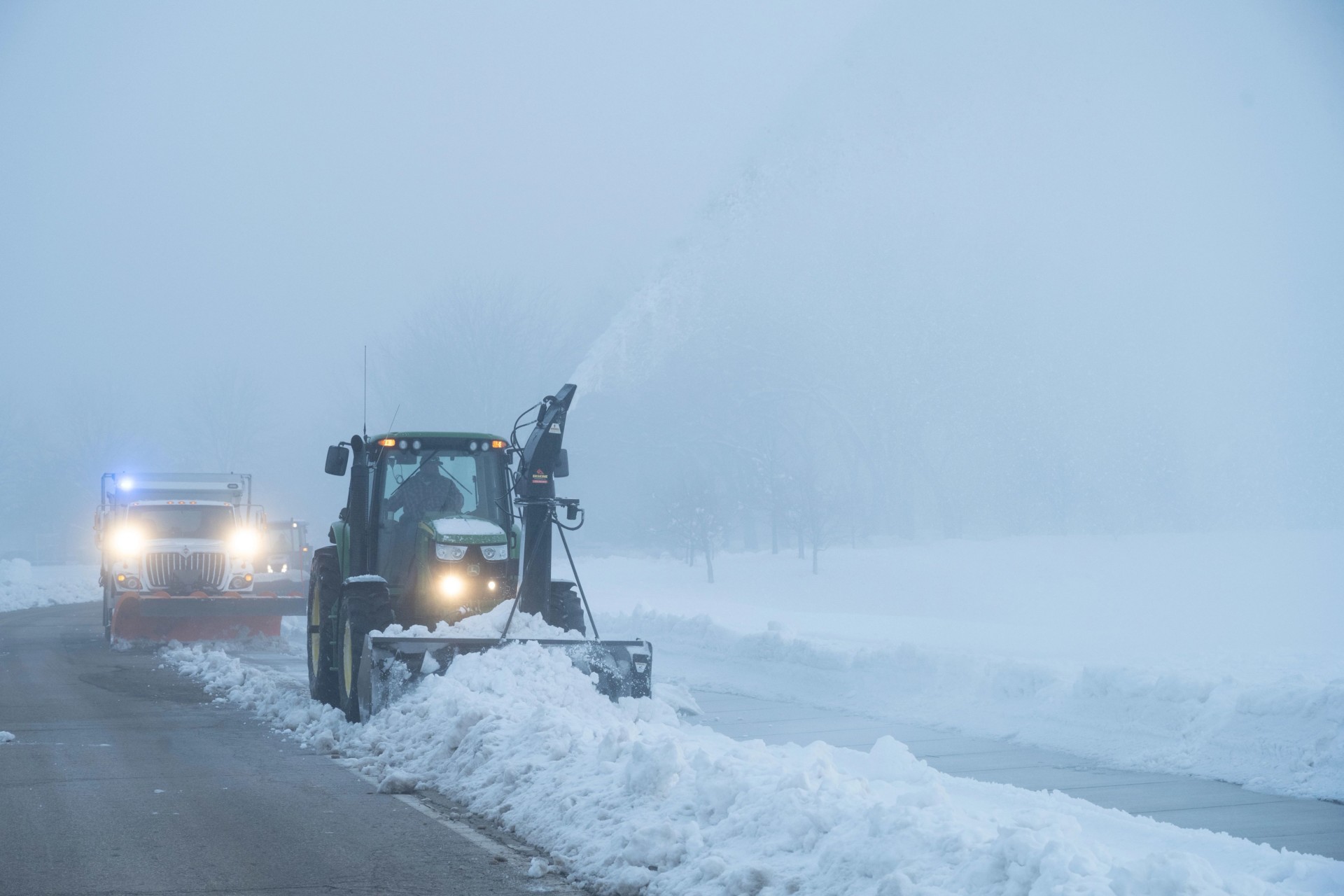
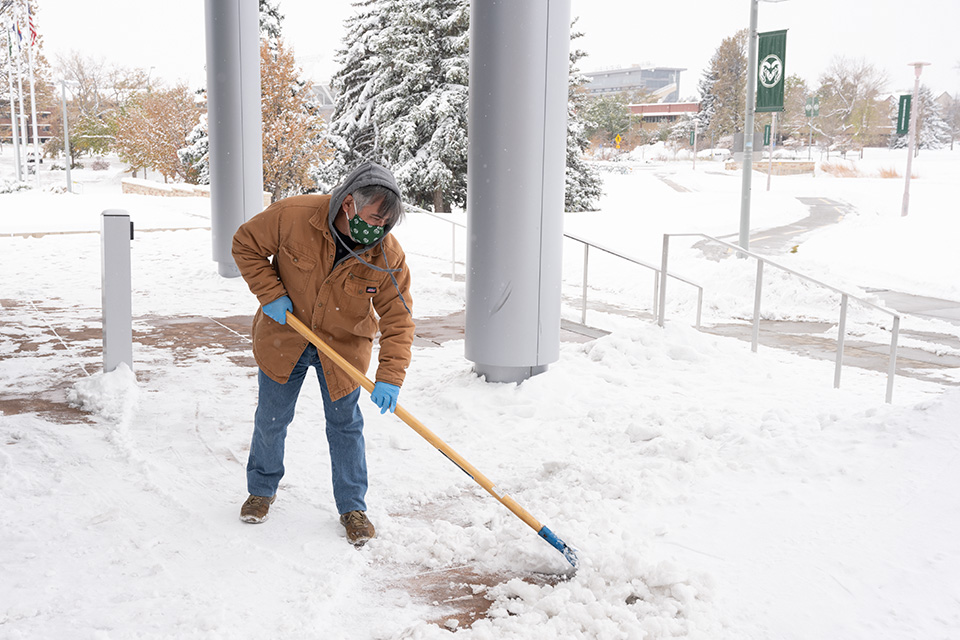
From snow brooms to plows to good old-fashioned shoveling, CSU Facilities Management employs multiple methods of snow removal. (Photos courtesy CSU Photography Team)
The Facilities Management team has this process down to a science – with lots of helping hands, including from typically office-bound members of the department who are assigned sidewalks to shovel outside of their buildings when they begin their workdays.
Hundreds of shovels are stored in various sheds, closet areas and trucks across campus, ready to be deployed by dozens of state-classified and student hourly workers before the rest of the city wakes up.
There are 42 organized snow removal routes on campus. Teams will make sure the sidewalks are broomed (or plowed, if there’s enough snow and ice), the major commuter lots are cleared, and ice melt is ready to go to make sure campus isn’t slippery when all the snow melts.
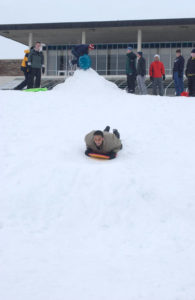
The most-trafficked parts of campus get the most attention, but the Facilities Management team works to ensure everyone can get to CSU safely regardless of where they’re working or living.
“For something like the Plaza, it takes about an hour or two to make sure it’s totally clear,” Gillespie said. “It’s one of our highest priorities, and we might hit it and the core of campus three times per snowstorm to make sure it’s cleared.”
And since this is a college campus, removing snow at CSU comes with some interesting stories.
“One year, we got done cleaning the Plaza, and it got real warm – we’re talking perfect snowball snow,” Gillespie said. “So, a random snowball fight broke out and the Plaza was once again covered with snow. We had to wait for that to subside before we could broom off the Plaza again.”
As for those giant piles of snow in CSU’s parking lots and other open spaces? Those are actually strategically placed so that runoff helps to water greenery on campus instead of being wasted.
“We live in an arid climate here, so we try to push our snow into turf or shrubs, anything that the plant material can use without damaging it,” Gillespie said.
Rodney Gillespie has these photos on his desk depicting snow removal 80 years ago (which required help from horses!) and now.
Keeping the campus community safe
While Warnock says he prefers the sunshine and nicer weather during the spring and summer, his duties during the winter come with their own set of rewards.
“I do have a sense of pride in making sure the campus is able to open every day for business,” Warnock said.
He and Gillespie both worked the 2003 blizzard which dumped more than 30 inches of snow on the CSU campus, downing tree branches and stranding vehicles. That might be the most memorable storm, but in between it all there have been plenty of cases where campus is covered in more than a foot of snow, and regardless of a holiday or weekend, their team is ready to ensure the people who live and work at CSU are able to do so safely.
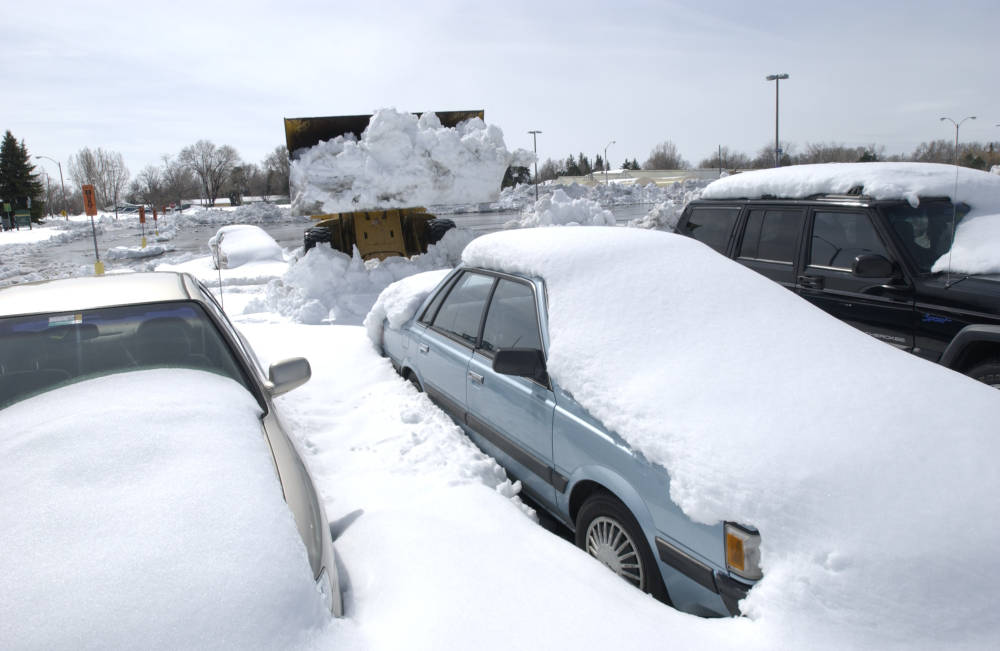
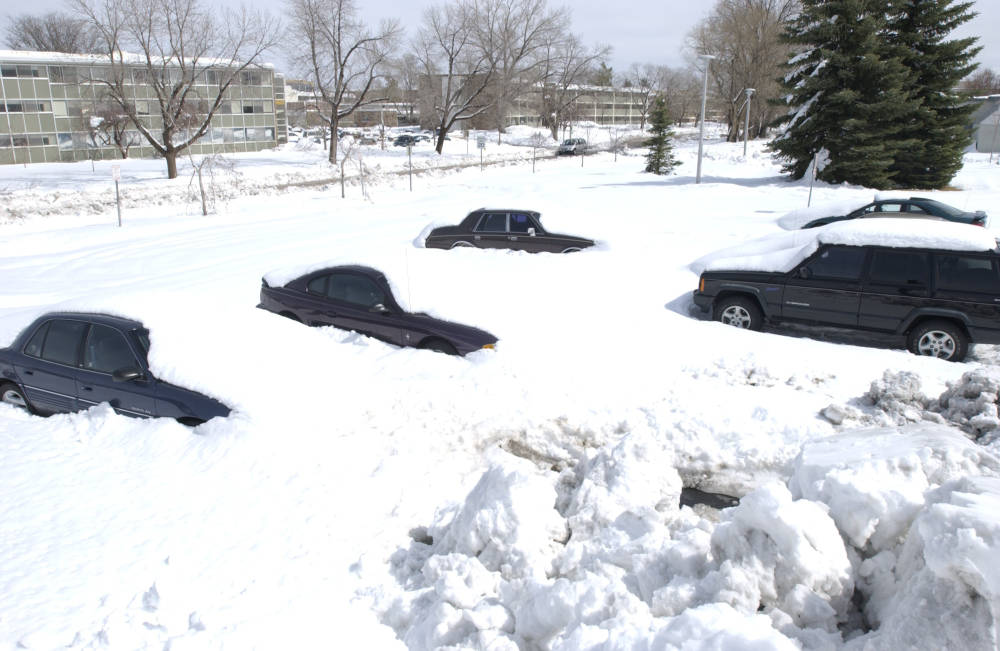
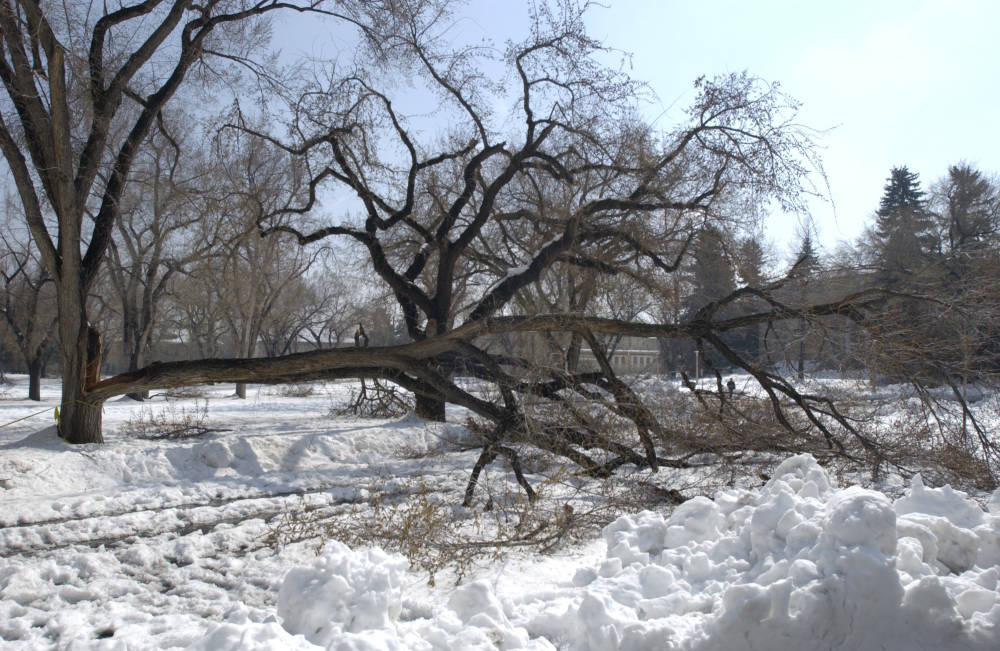
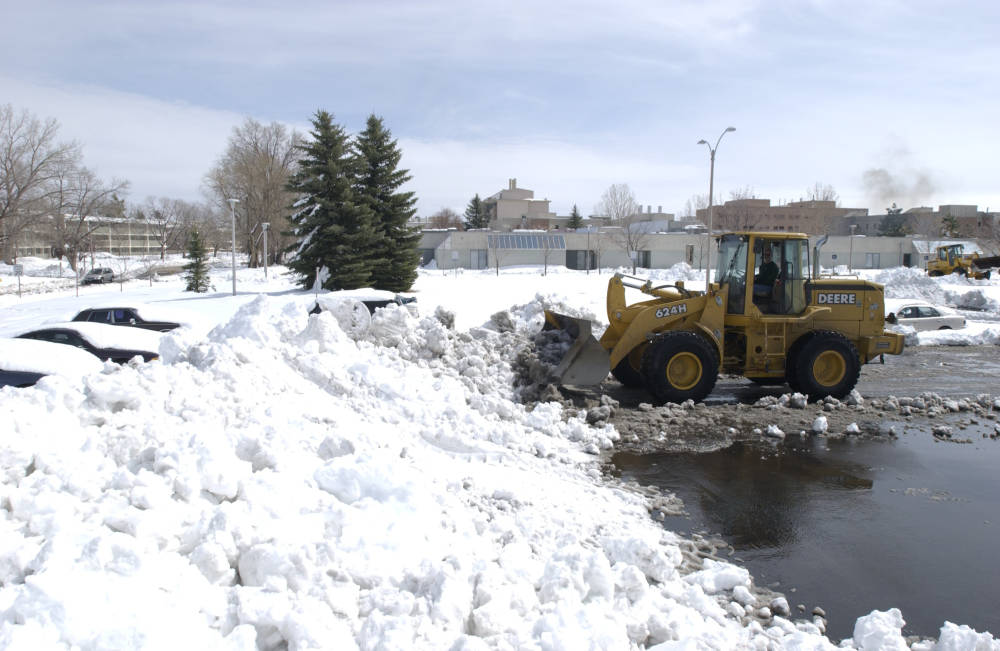
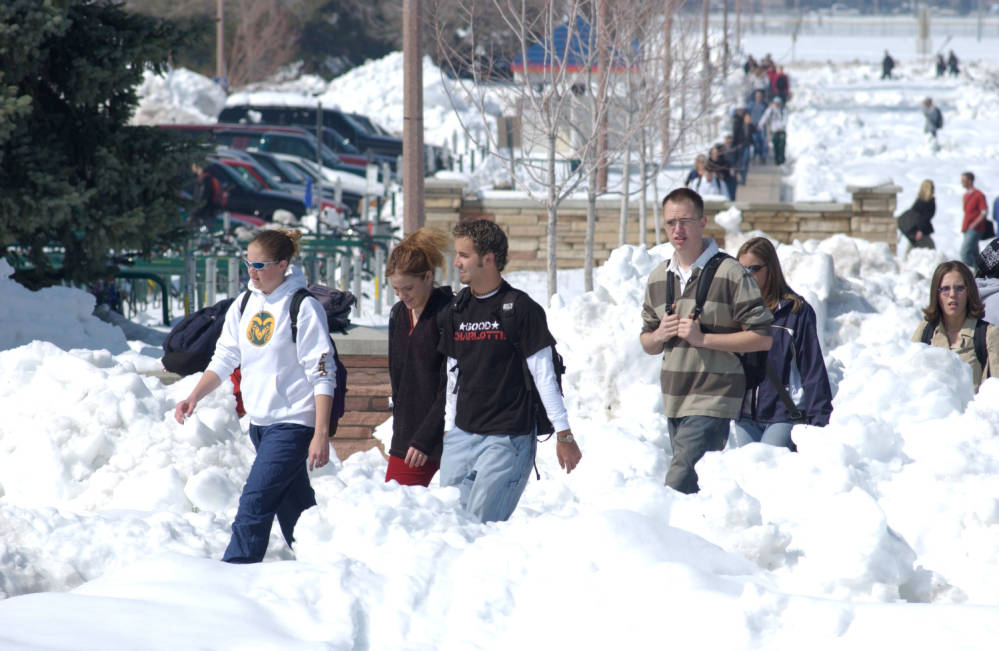
This gallery shows images from the CSU Photography Team of the March 2003 blizzard — which is considered one of the most memorable storms by the people tasked with removing snow.
Gillespie emphasized that all the workers who show up at 3 a.m. on cold, snowy days have one big goal.
“I don’t think there’s a person in our operation who does snow removal that doesn’t care about the safety of the campus community,” he said.
He and Warnock do ask for something in return: that people keep an eye out for all of their snow removal equipment and give the drivers plenty of distance, since visibility is sometimes limited.
“Just give us a little bit of room and give us a little bit of grace in our efforts,” Warnock said. “Just know that we’re out there trying to do our best.”
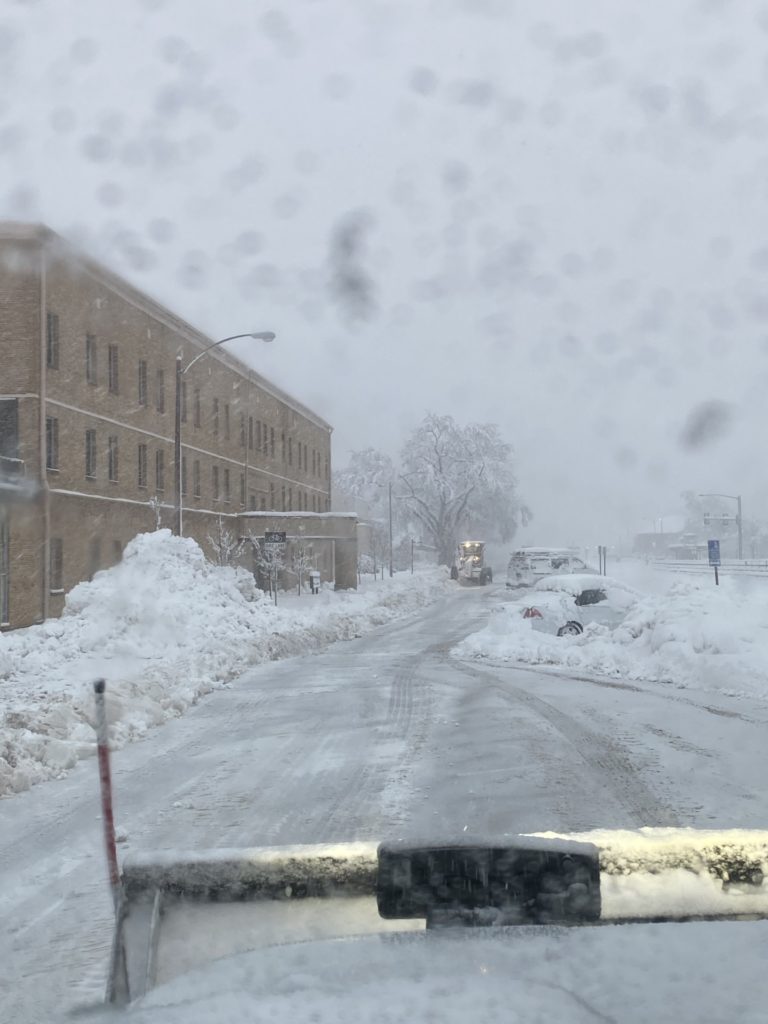
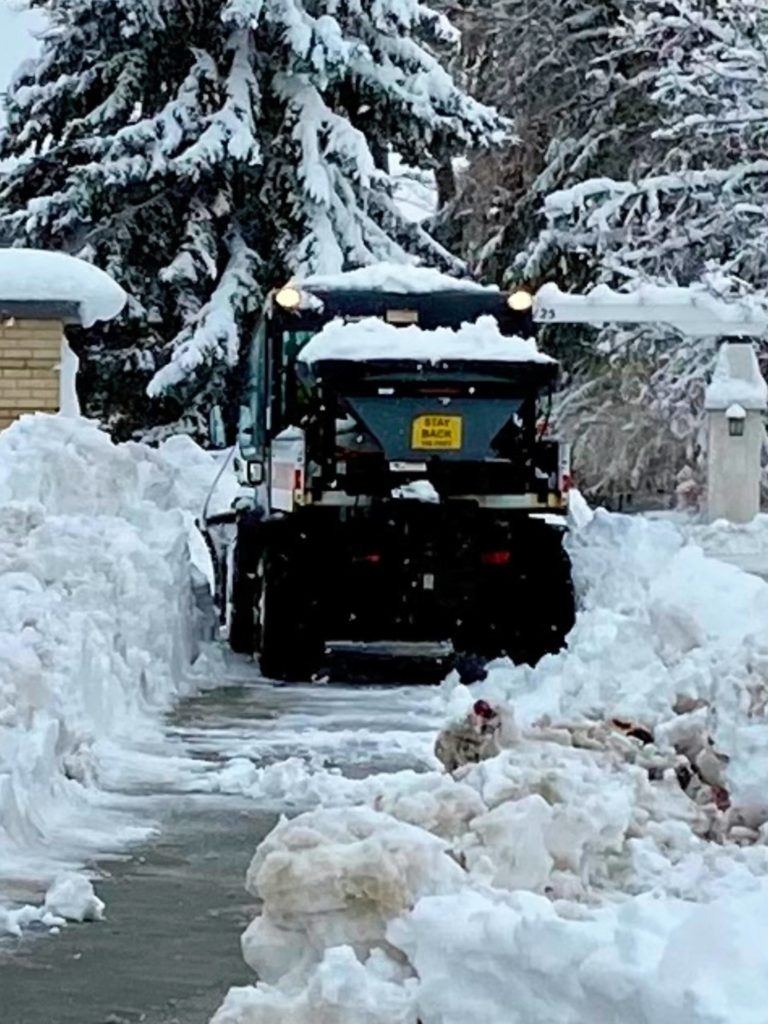
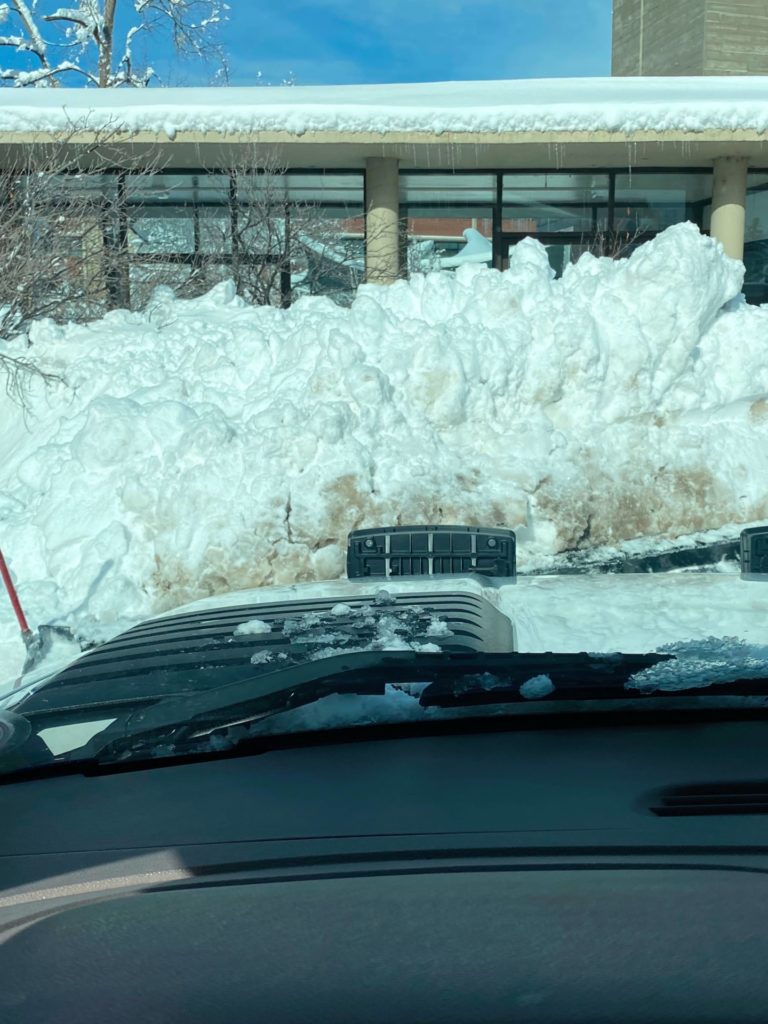

Here are more of the memorable photos of snow removal from Rodney Gillespie’s camera roll. The image on the far right shows a crane removing a tree that fell near university housing during a May snowstorm.